Famous Five Go Wild at IMMA
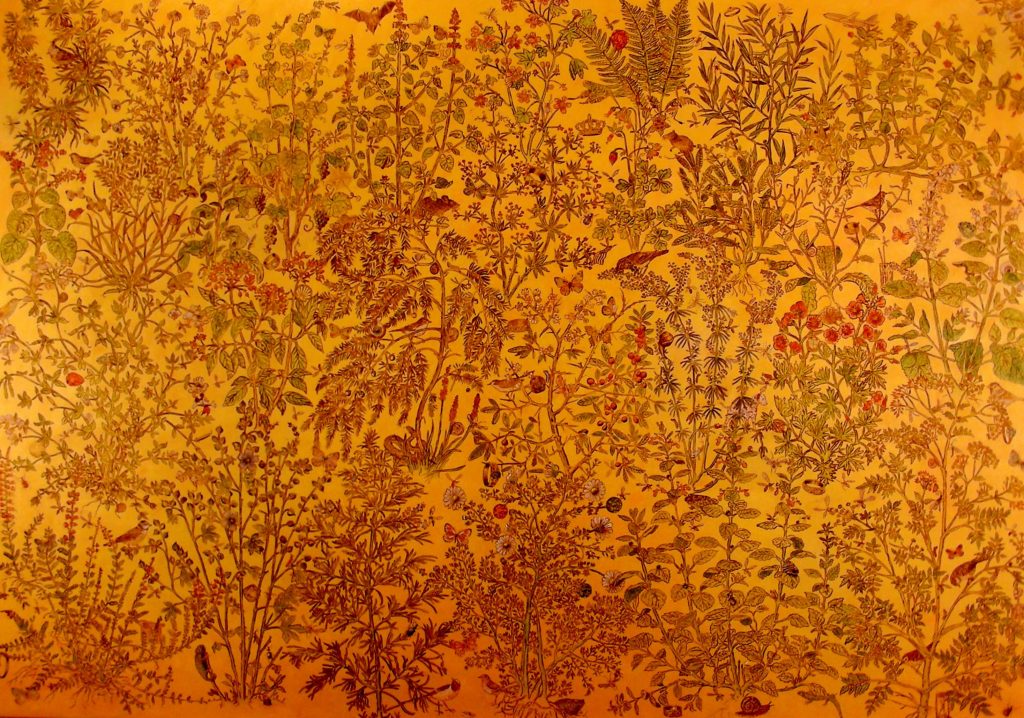
While the IMMA site is closed we will continue to explore the biodiversity of the IMMA site in this series of articles by Sandra Murphy from our Visitor Engagement Team. This time Sandra looks at the butterflies she has spotted in the grounds of the Royal Hospital Kilmainham (RHK). Next up she will explore the birds and the biodiversity of the IMMA site.
…………………………………………………………….
Famous Five Go Wild at IMMA
Now that we all have a little more time to slow down and become aware of our environment within our 5km zone, let’s look at five species of butterflies that have been spotted in the Formal Gardens and hedgerows at IMMA – The Small Tortoiseshell, Peacock, Red Admiral, Orange Tip and Speckled Wood. These butterflies can also be seen in suburban gardens and parks, when suitable plants and shrubs have been allowed to flourish for biodiversity.
Some of the most important plants for butterflies and their eggs are – Holly, Ivy, Bramble, Valerian, Nettle, Thistle and Buddleia (commonly known as The Butterfly Bush). Often considered by some gardeners as pests or weeds, when they do, in fact, provide safe shelter and food for a host of wildlife. These wild wanderers can be seen in the hedgerow in and around the car park and on some of the old surrounding walls at IMMA.
So, if you are planning or already have a garden, try to keep a sunny corner for these important plants to flourish and attract colourful butterflies into your life. Potted flowering herbs and lavender for balconies can also be a great attraction for bees, etc.
Location, location …
The Formal Gardens originally served as a physic garden, containing medicinal plants and may have been laid out in 17th century French style. The restoration carried out by the OPW continued this theme and incorporated sculpture and garden furniture similar to those in vogue at the time when the Royal Hospital was built. Works from the IMMA Collection are exhibited throughout the gardens and include sculpture by Edward Delaney, Brian O Doherty and Iran do Espírito Santo. The late Janet Mullarney has also exhibited sculpture on the terrace in the recent past.
The terrace overlooks the gardens and has, in the recent past, hosted the IMMA Summer Party, weddings, civil ceremonies and art-related events such as Art Al Fresco and Summer Rising. Growing among the colourful flowers in the herbaceous borders in the Formal Gardens, the choice of planting for biodiversity includes Verbena, Sedum and Nepeta Cat Mint, which is a medium height, minty, herby-scented purple plant and beloved by butterflies and cats, as any cat owner will know! Sedum is also an important flower for honeybees and bumblebees late in the Summer season.
The Famous Five
Small Tortoiseshell
The Small Tortoiseshell emerges from hibernation from March onwards (if temperatures are warm enough) and is very dependent on the flowers and buds of Ivy. Eggs are laid on the underside of Stinging Nettles.
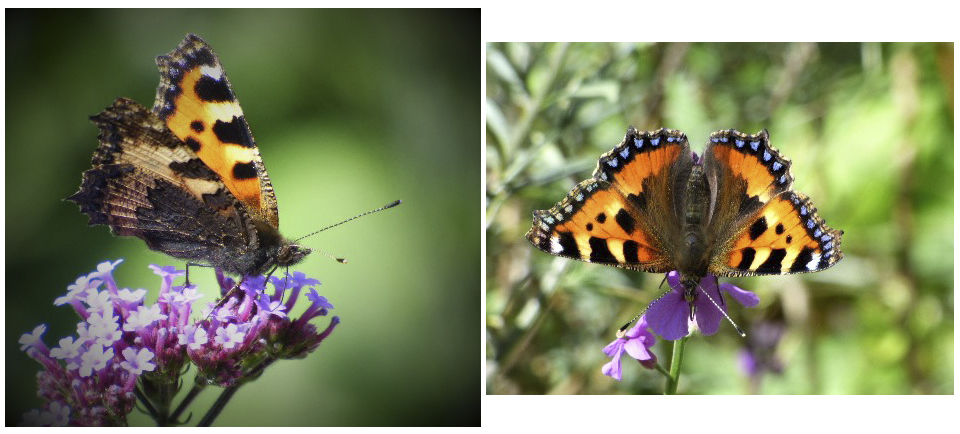
2. Small Tortoiseshell on Cuckoo Flower (flower not seen at IMMA).
Peacock
Verbena is never alone on a sunny day, always there providing nectar for insects and the beautiful Peacock, a large butterfly which can be seen from March to October. Larvae feed on Common Nettle.
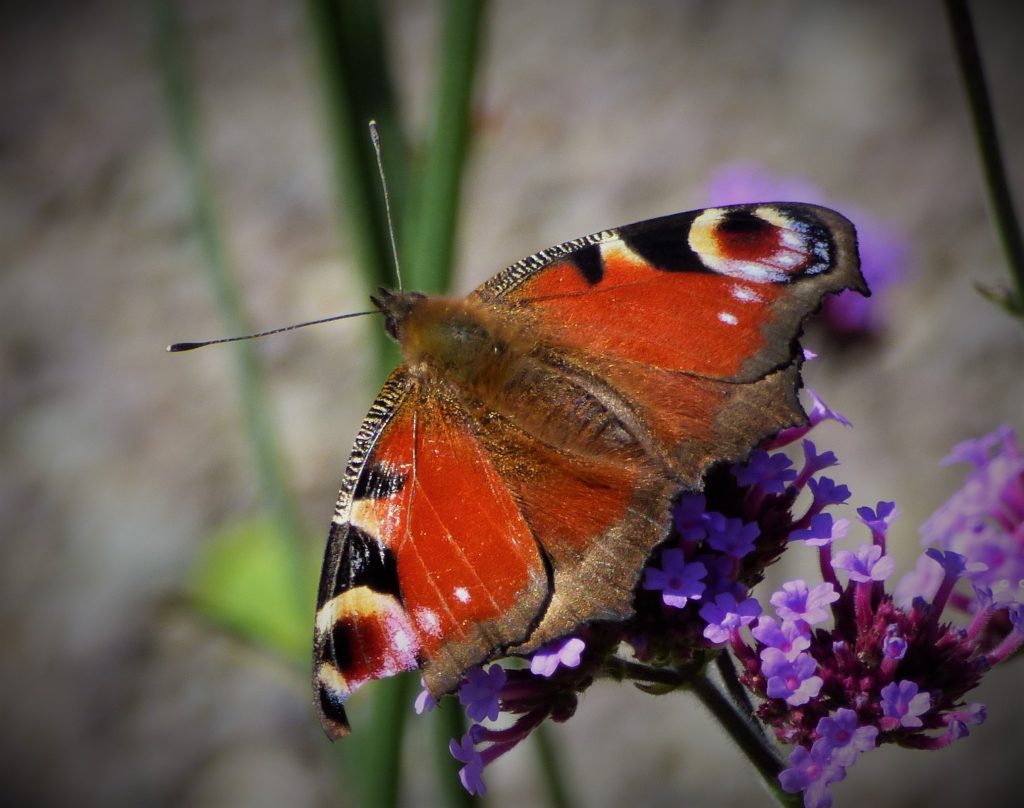
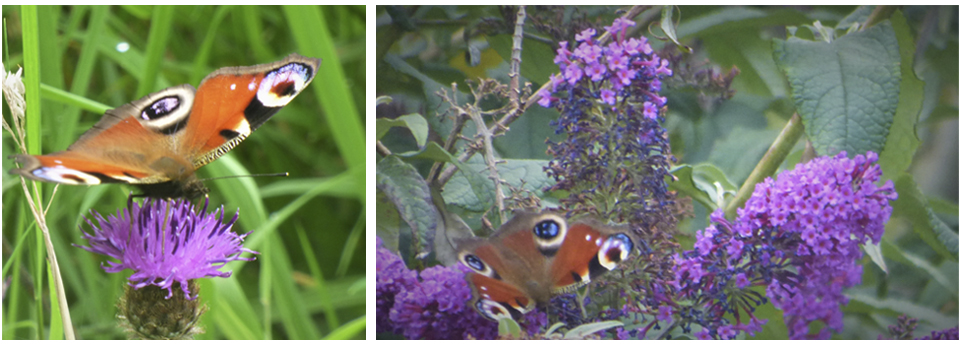
2. Peacock on Buddleia.
Red Admiral
The Red Admiral is a large, velvety black and orange butterfly – a regular visitor to the Buddleia bush and the Ivy. This butterfly can generally be seen from April to November. Larvae feed on Common Nettle.
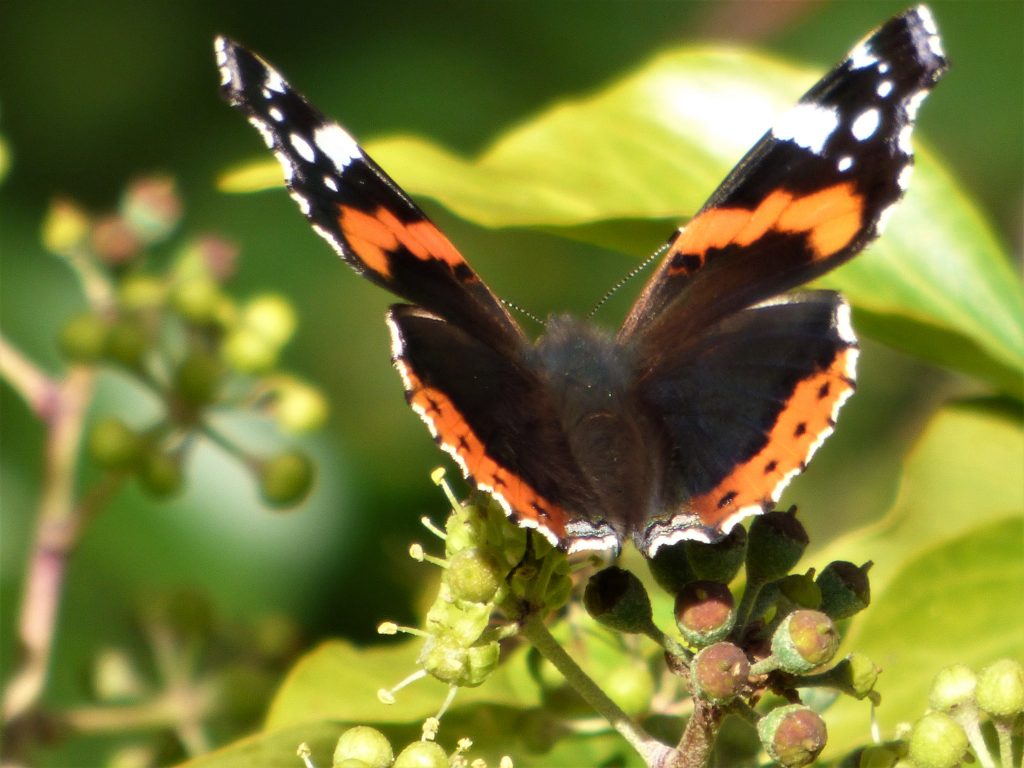
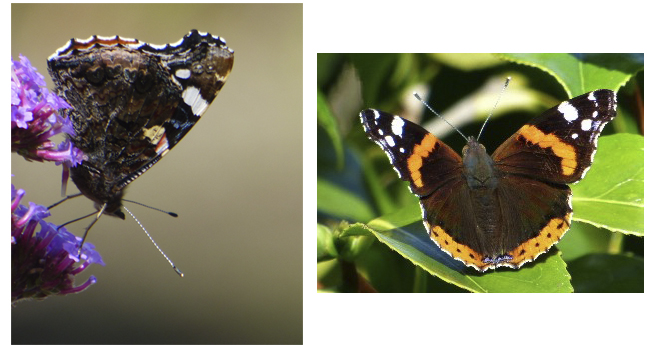
Orange Tip
In Ireland, we have seven species of Whites (pale coloured butterflies). The Orange Tip is an early Spring species and the male differs in colour with the striking orange tip on the forewing, whereas the female is almost all white, but note the beautiful green marbling on the underwing of both sexes. Flying from late March to July.

2. Orange Tip marbled underwing (Female).
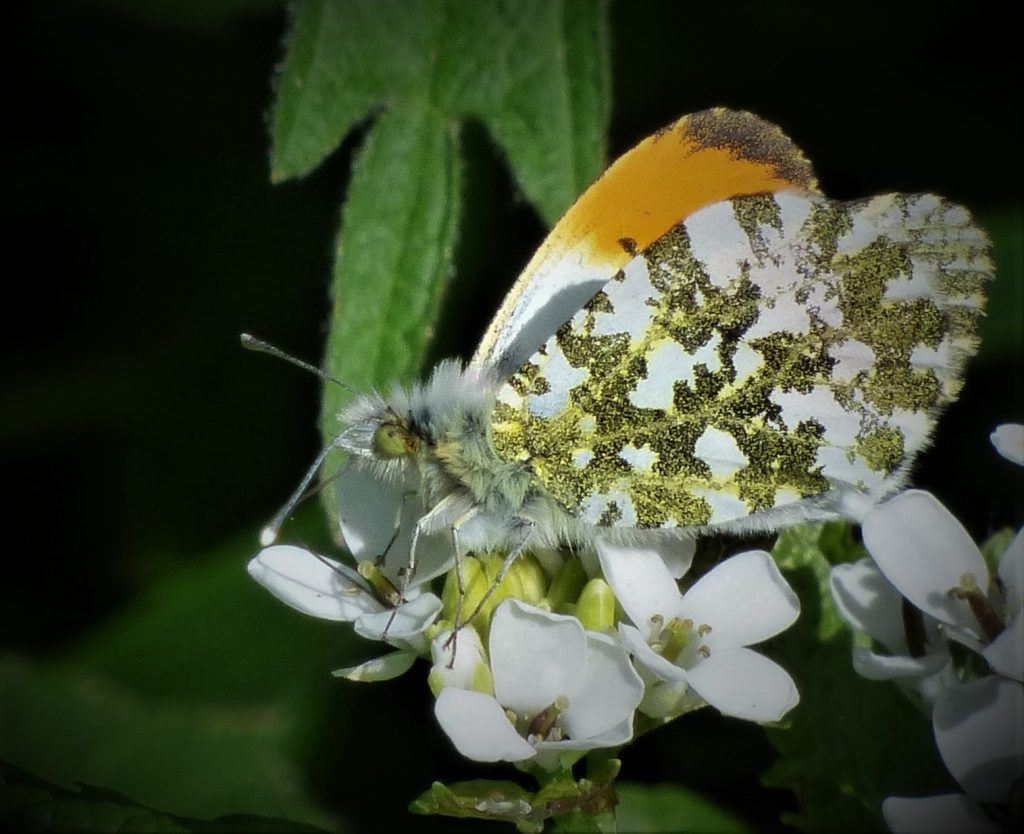
Speckled Wood
The Speckled Wood butterfly, although not as colourful as some other butterflies, is a little more difficult to spot, as it can merge into darker foliage. Flight period is from April to October. One of their favourite basking spots is on bramble leaves in the hedgerows. In Ireland we have 10 species of Brown Butterflies!
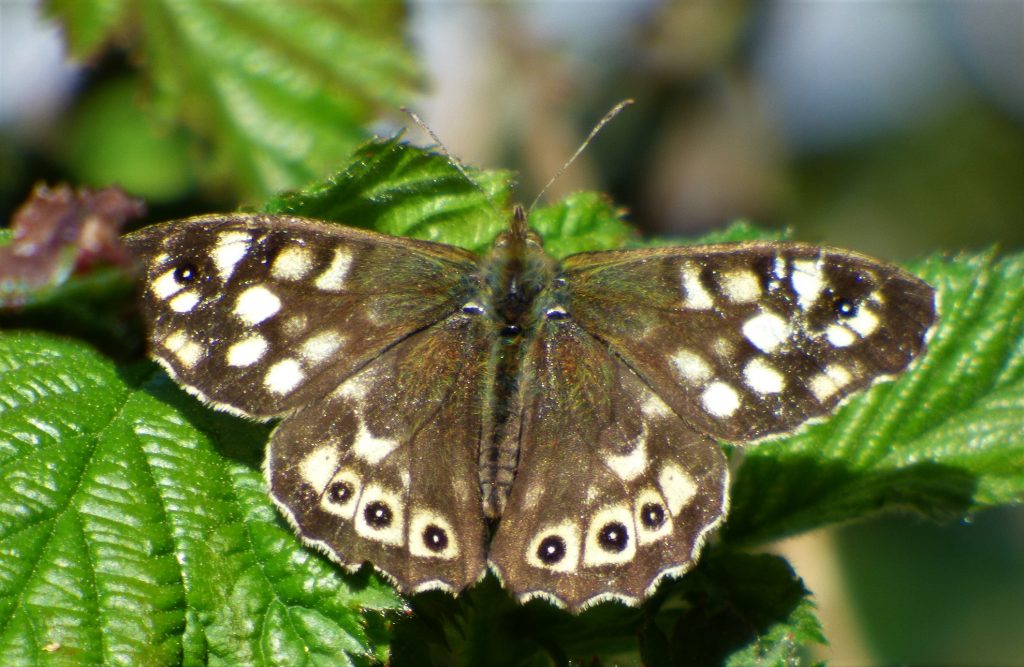
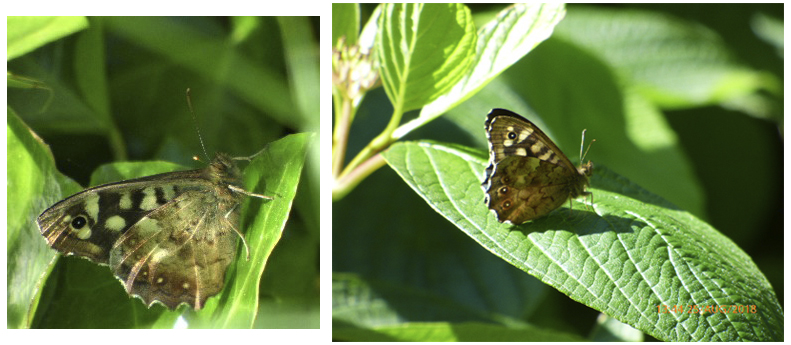
2. Speckled Wood (wings closed).
Finally, this is one butterfly I have not yet seen at IMMA …
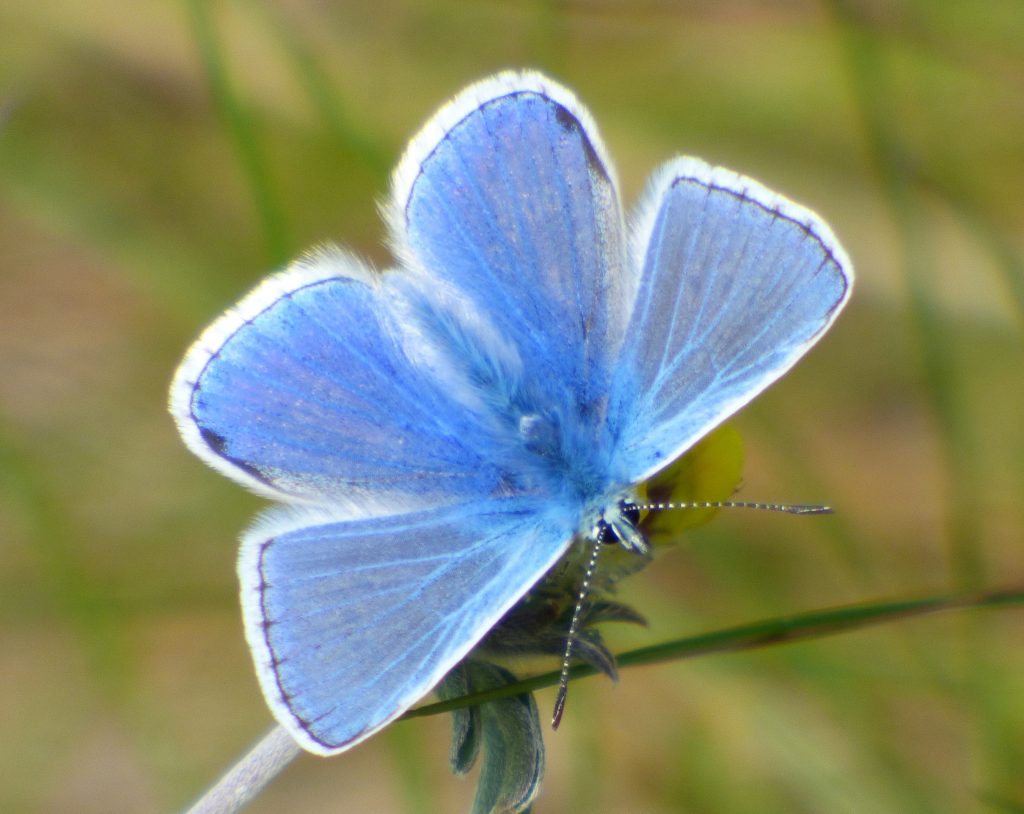
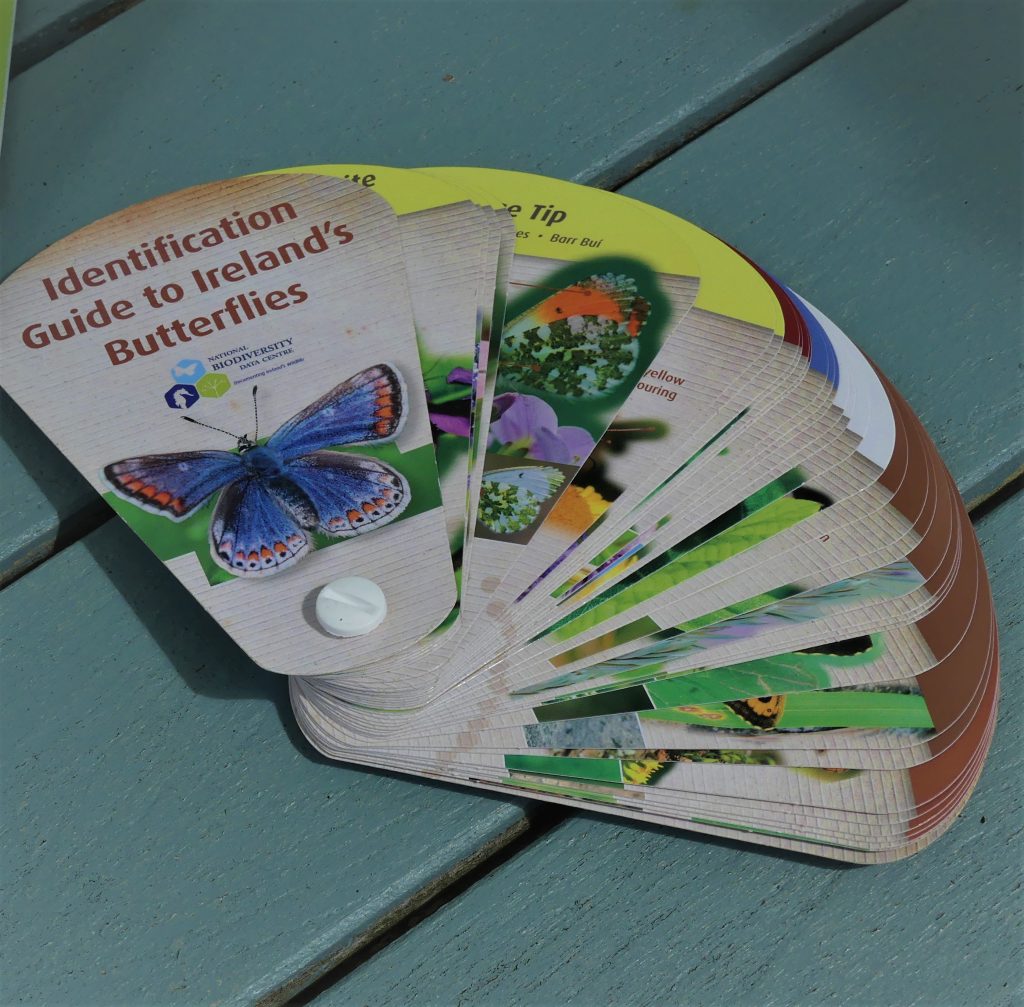
ID swatches available from www.biodiversityireland.ie
Other useful websites:
www.dnfc.net (Dublin Naturalist Field club)
The Grounds and Formal Gardens at the RHK are managed and maintained by the Office of Public Works (OPW). Many thanks as always to Mary Condon and her team from the OPW.
Categories
Further Reading
Growing Wild at IMMA
We are delighted to present a new series exploring the biodiversity of the IMMA site. Although the grounds of IMMA are currently closed Sandra Murphy, from our Visitor Engagement Team, would like to share wi...
IMMA Collection. Ulla von Brandenburg Tarot Cards
Ulla von Brandenburg's 79 piece tarot set was created, together with designer Clemens Hanicht, on the occasion of her solo exhibition, 'Whose beginning is not, nor end cannot be', in IMMA in 2008. This week,...
IMMA Collection and Our Place in Space
This week our daily #IMMACollection social media posts explored the theme ‘Our Place in Space’. Our Head of Collections, Christina Kennedy, selected 7 works, one a day, that connect with this theme.
Exploring Bharti Kher’s Virus Series
The exhibition A Consummate Joy by Bharti Kher was due to open to the public at IMMA on Friday 13th March 2020. This was the day public buildings were closed due to concerns about the spread of COVID-19. Thi...
Up Next
Drawing from a lost well
Sat May 16th, 2020